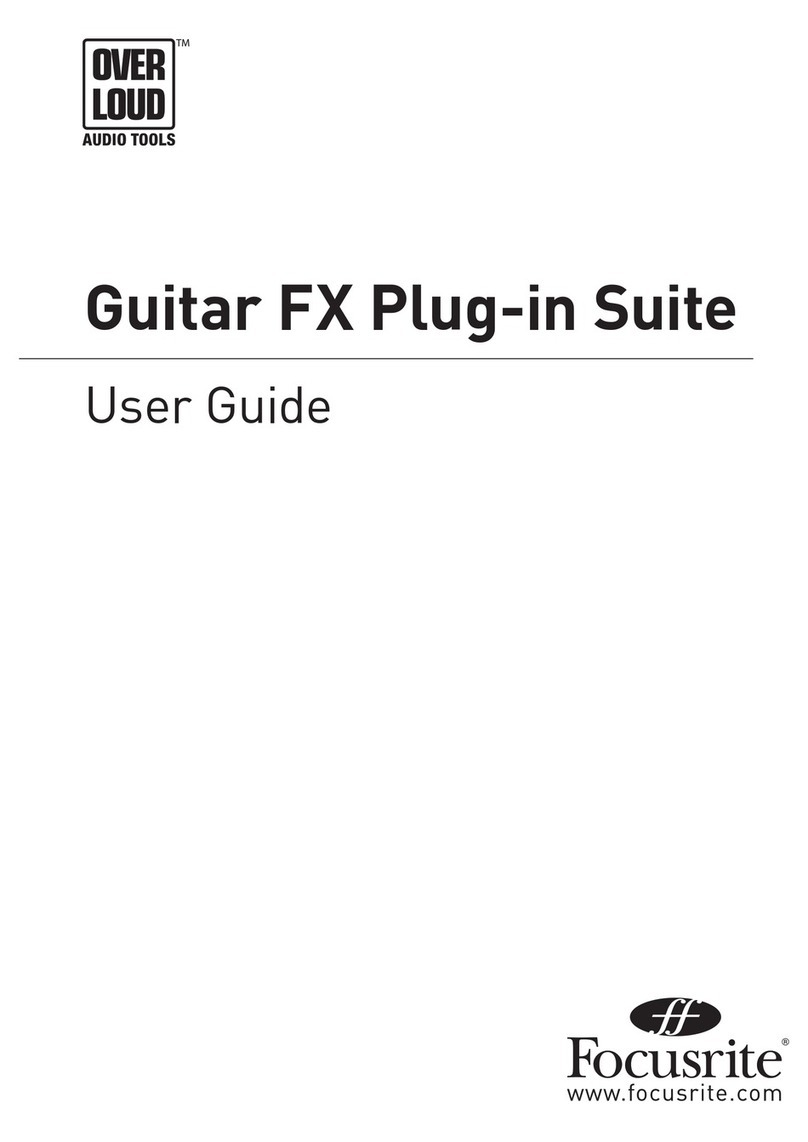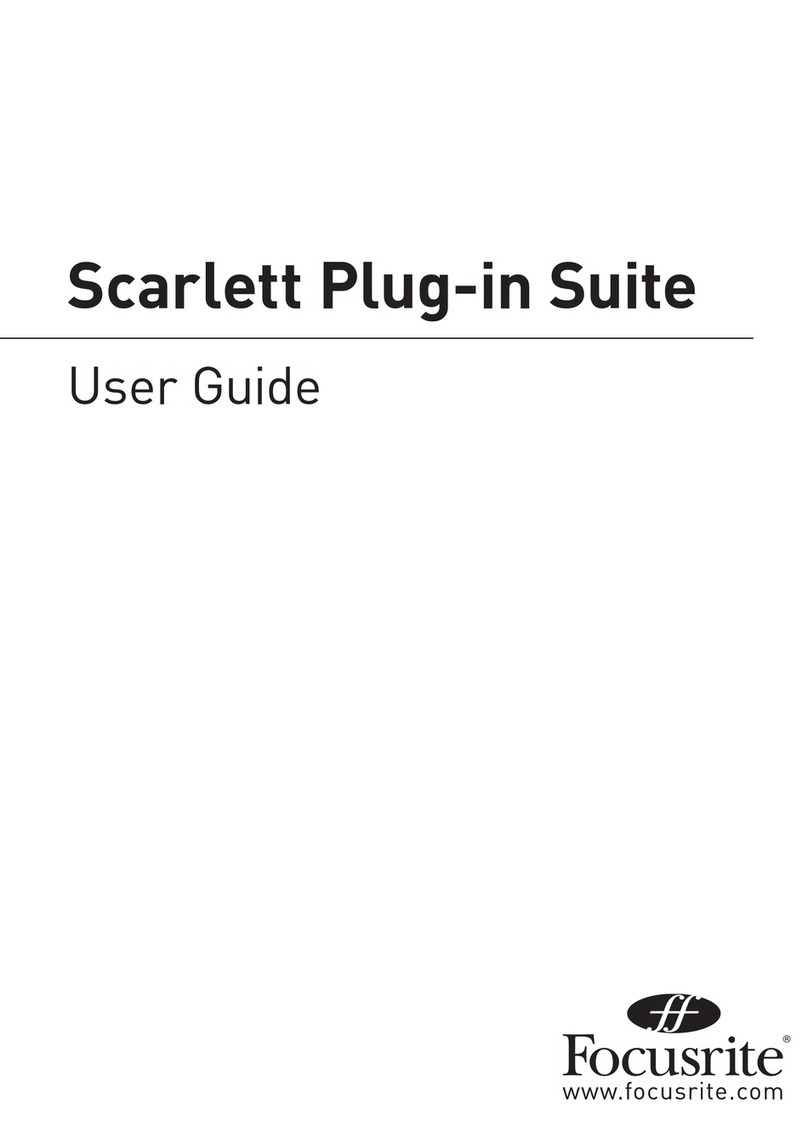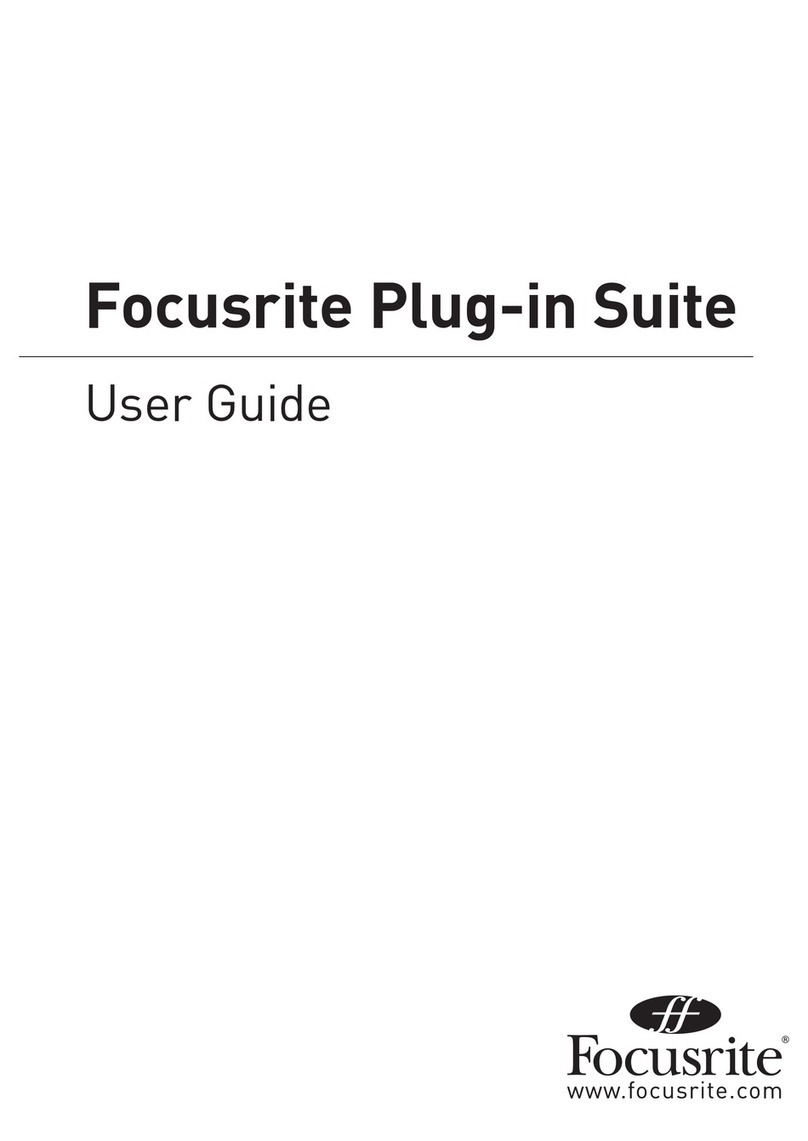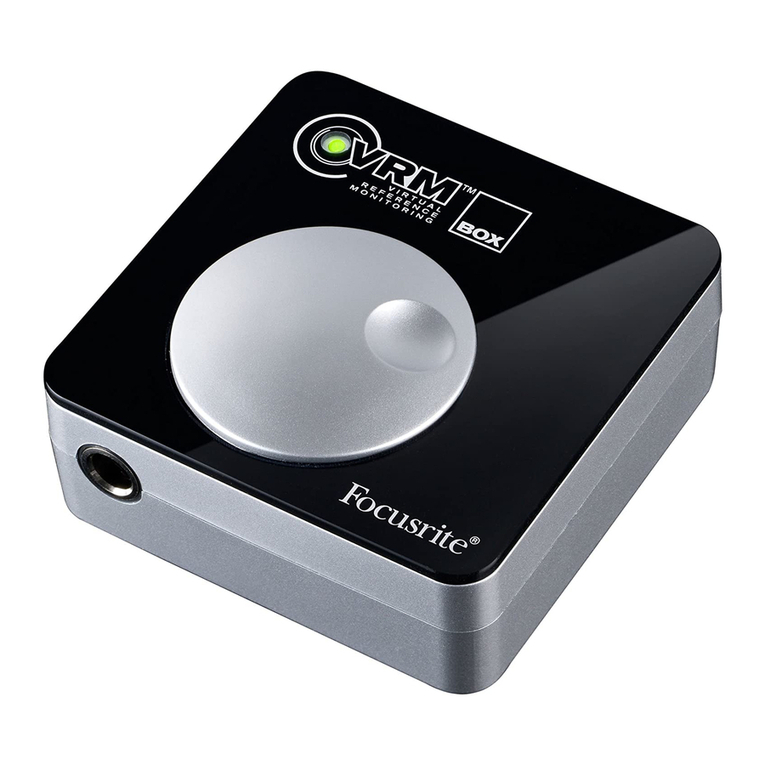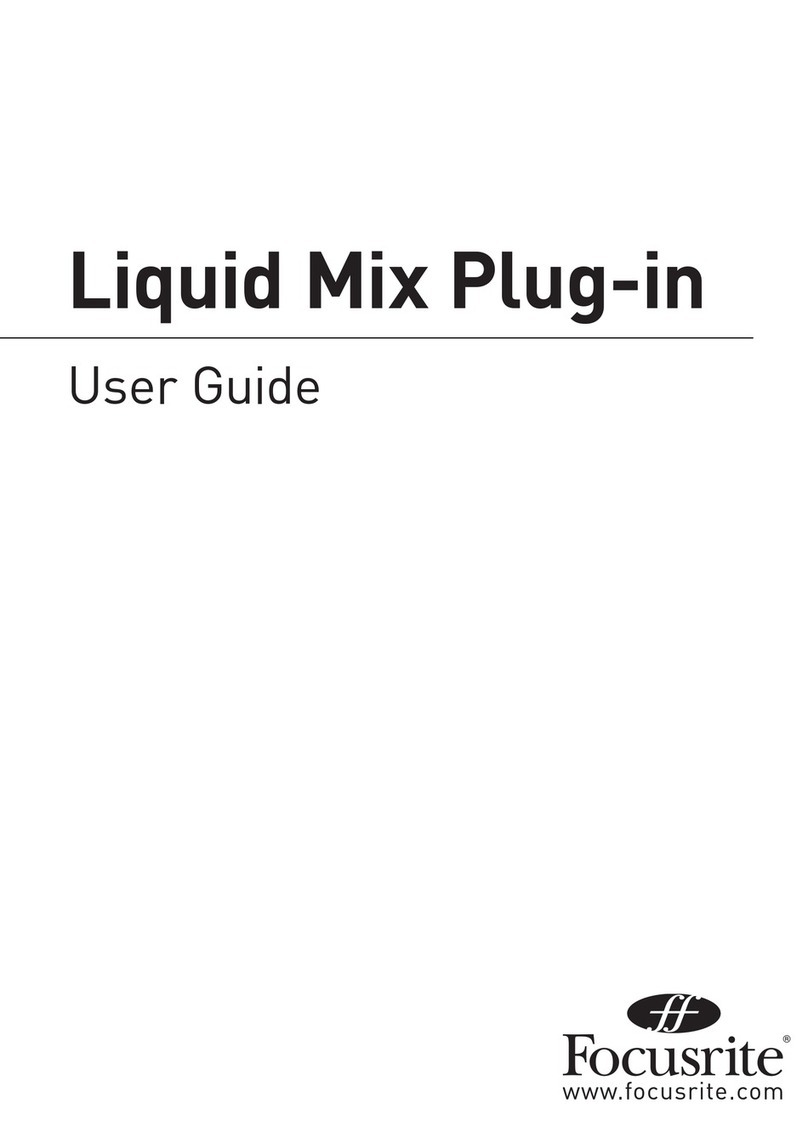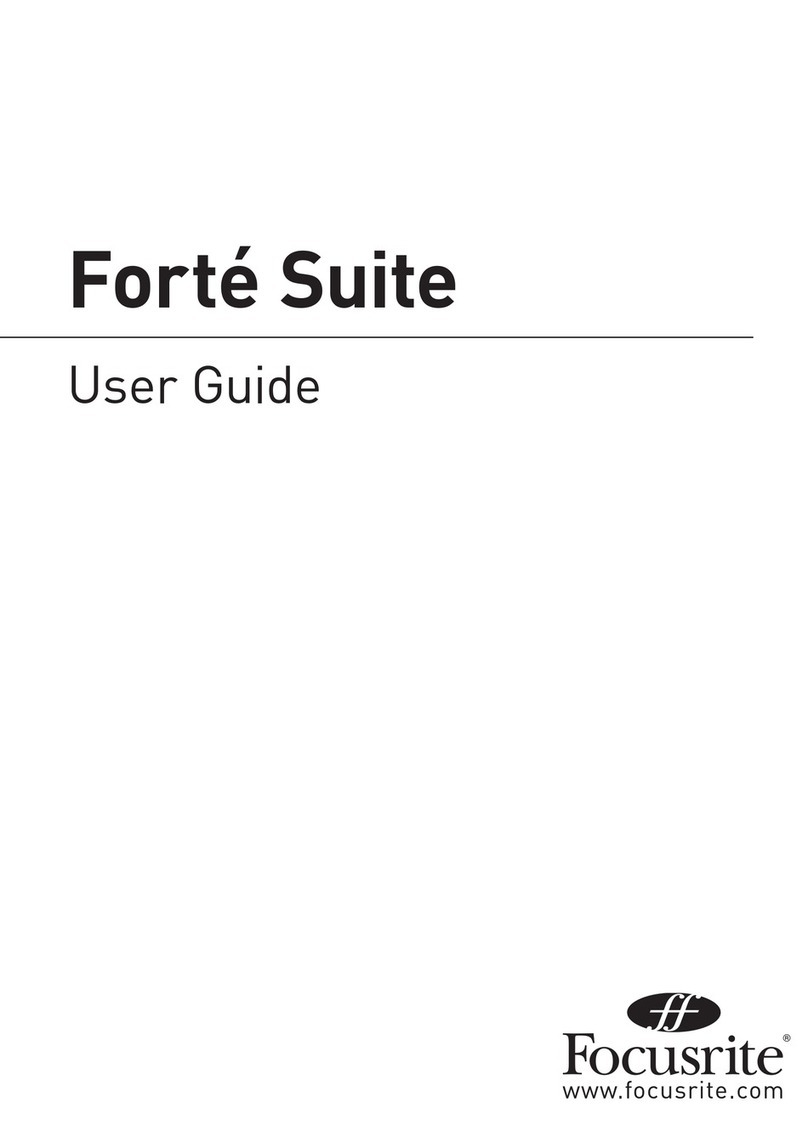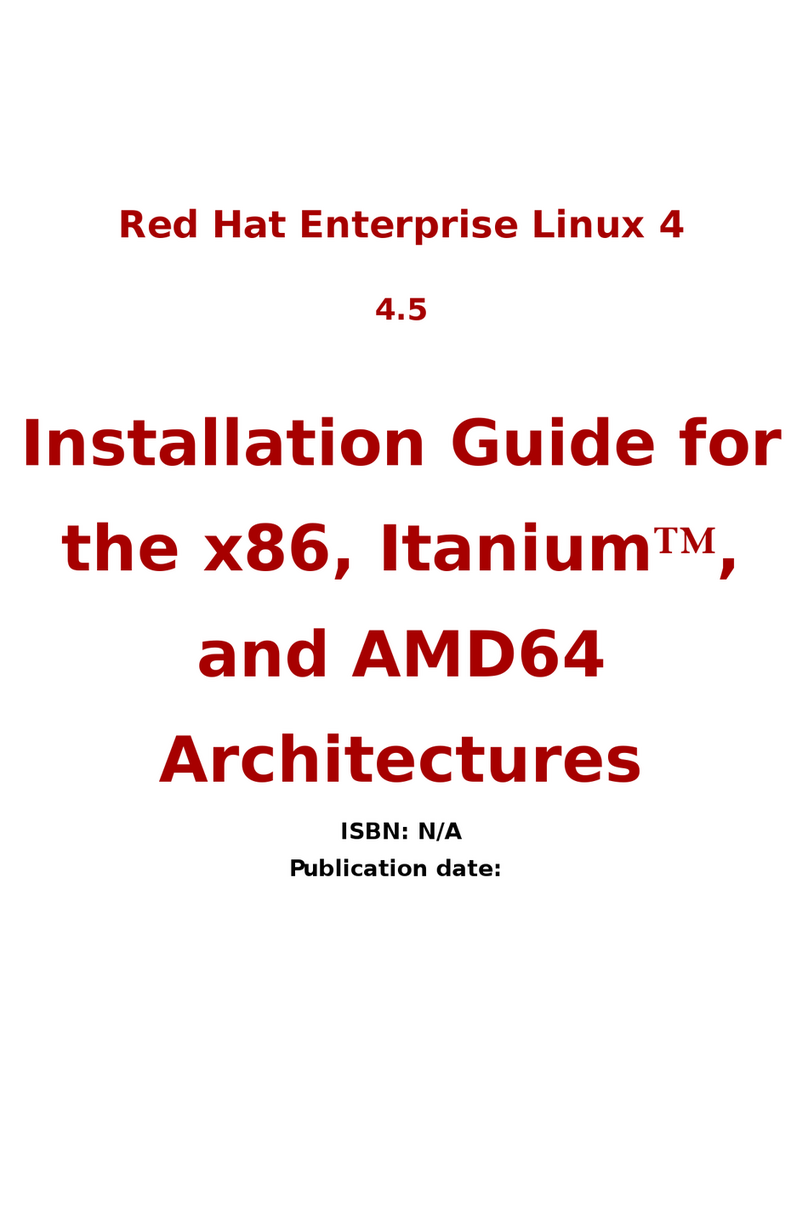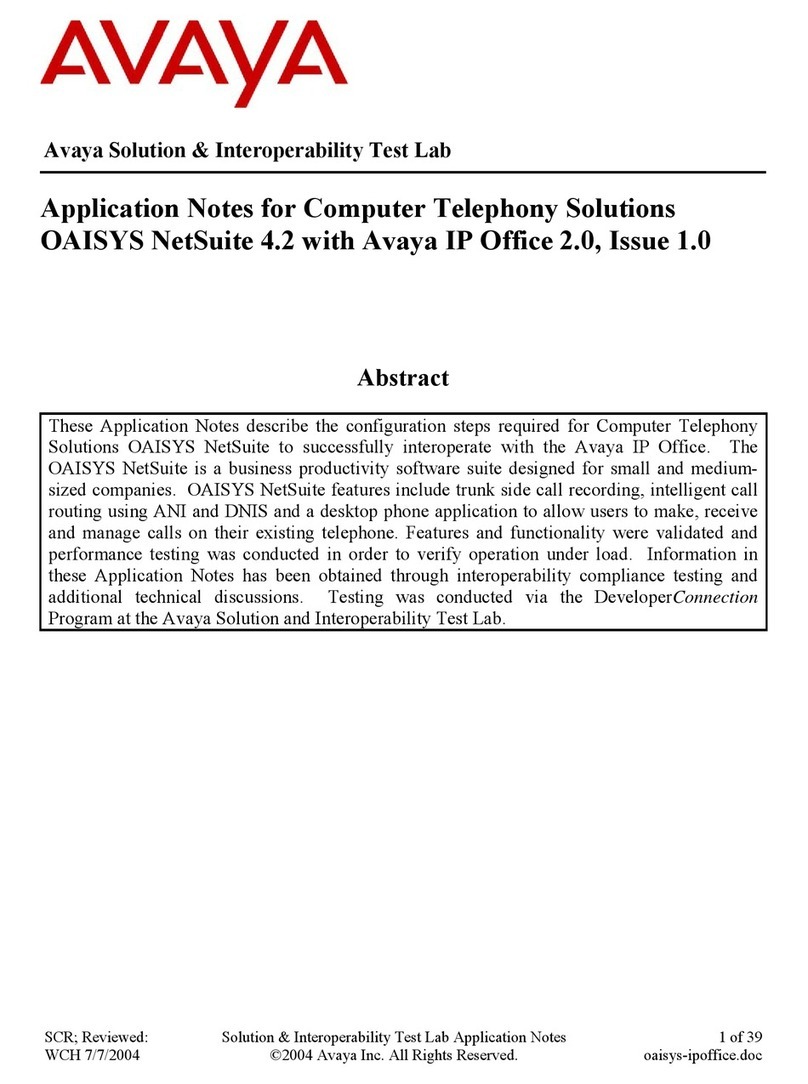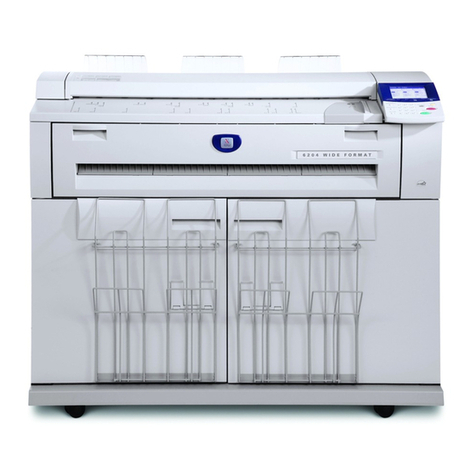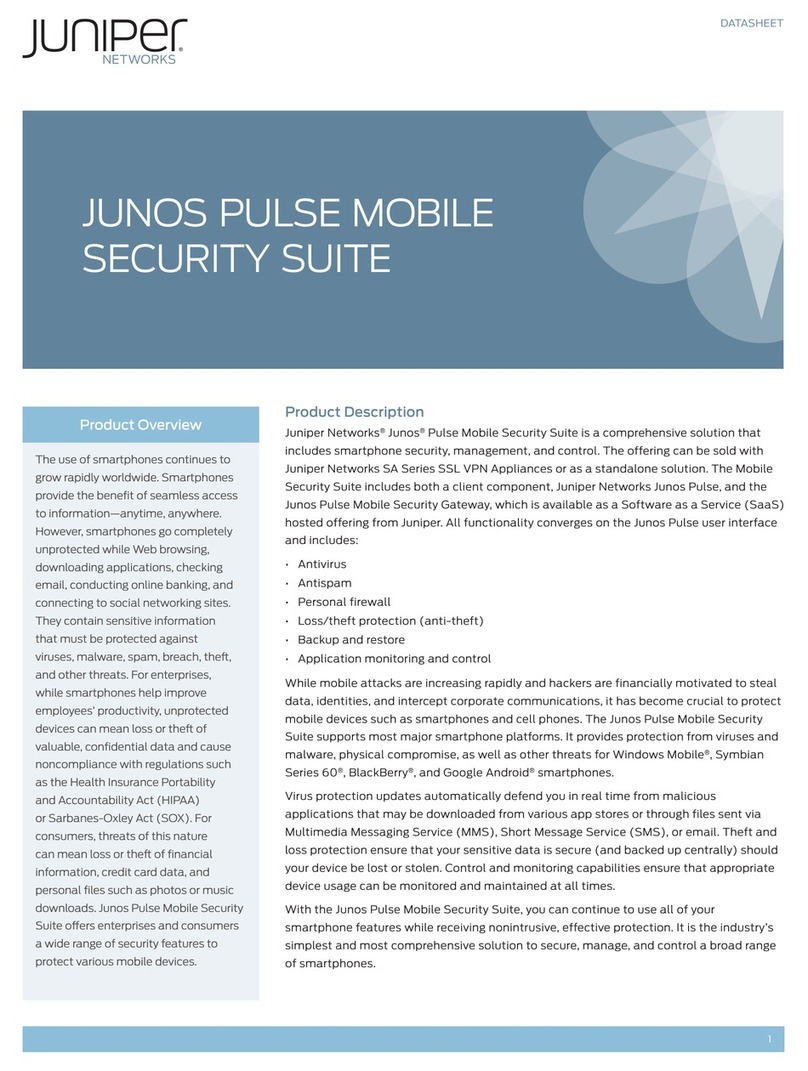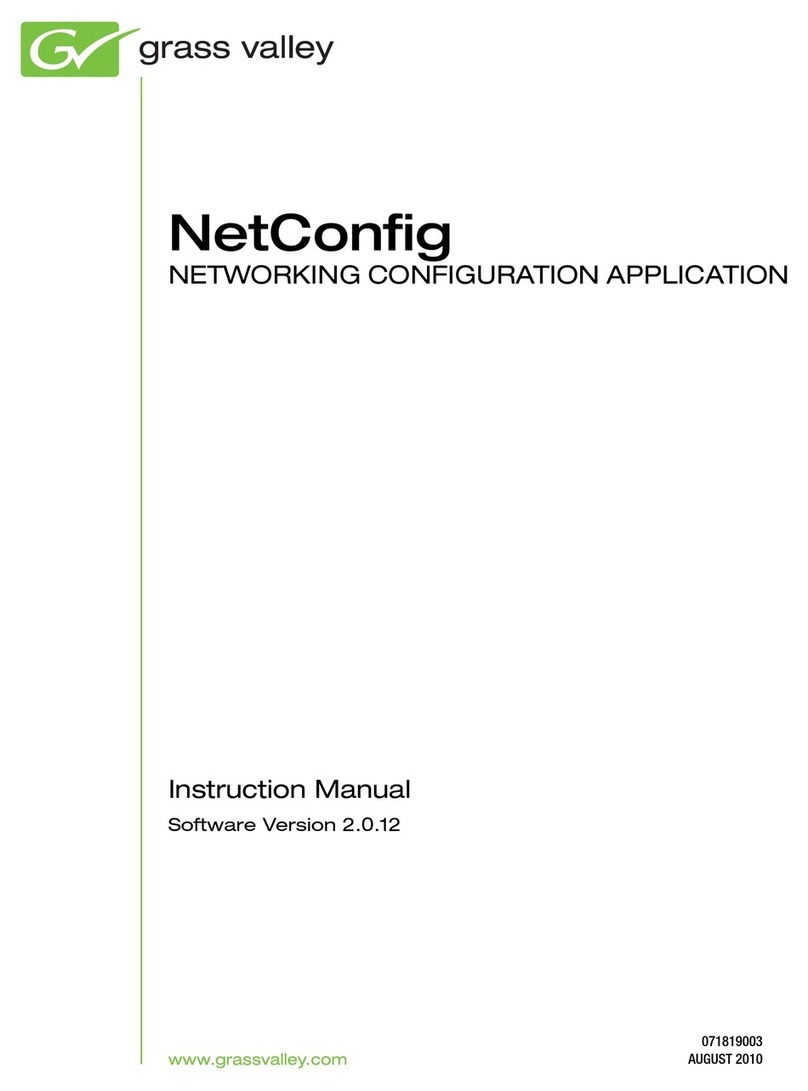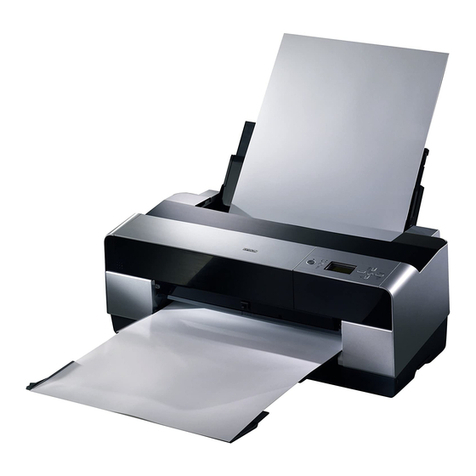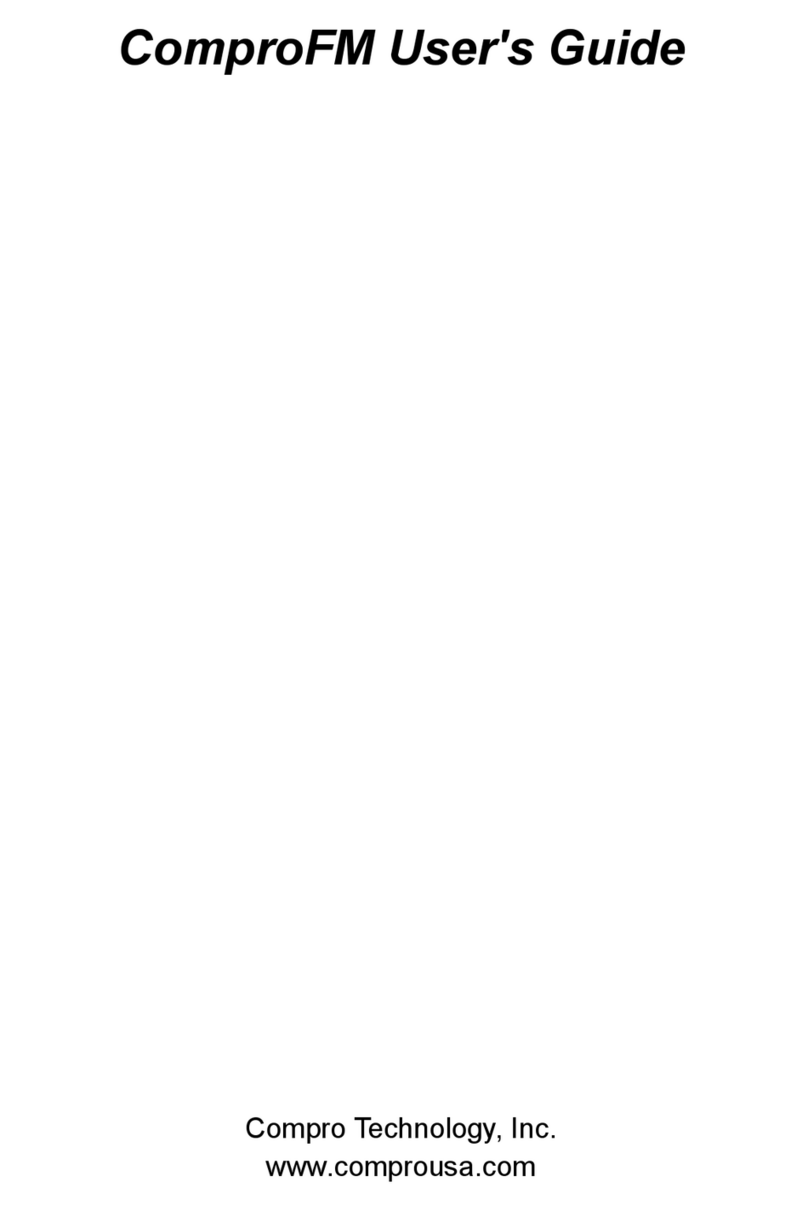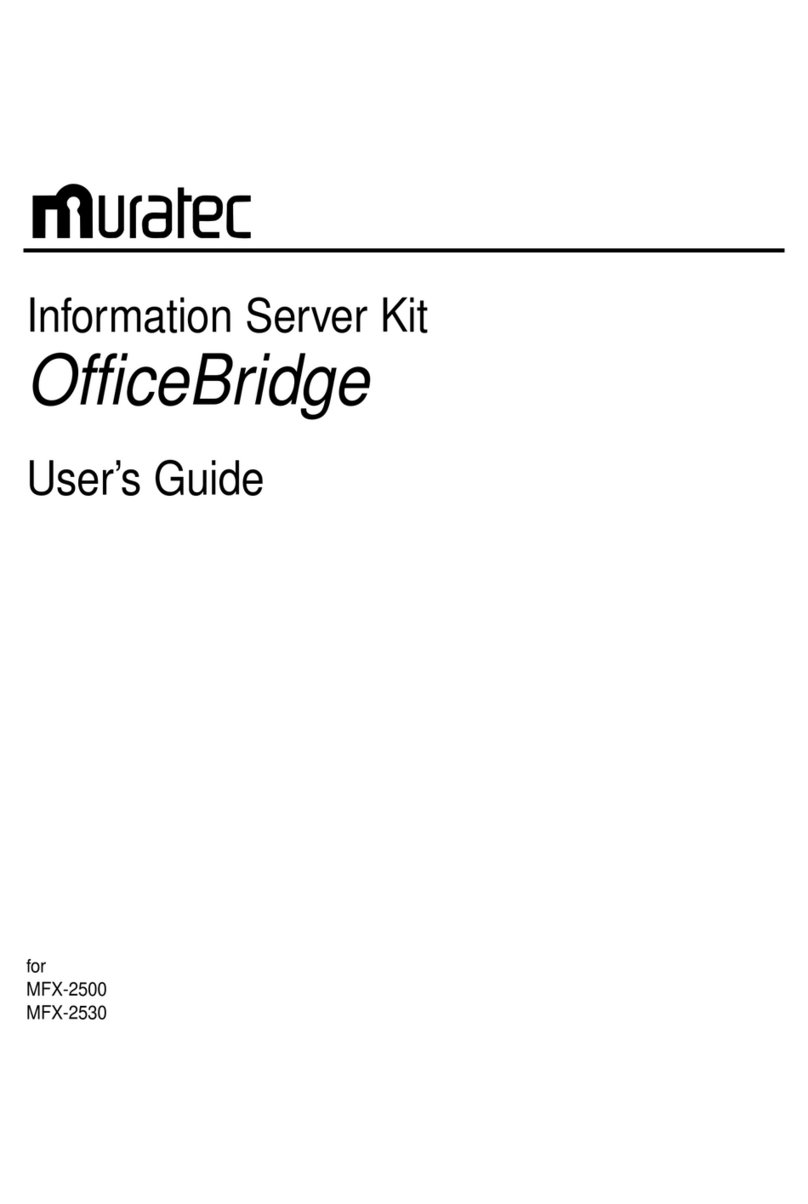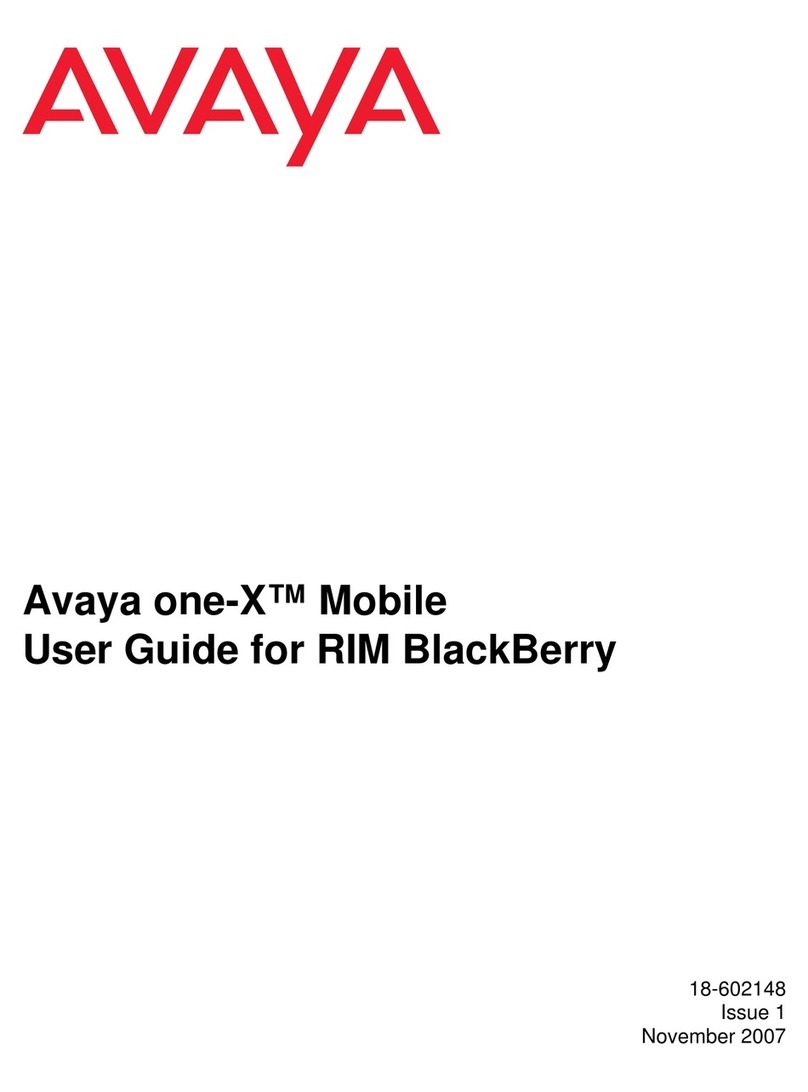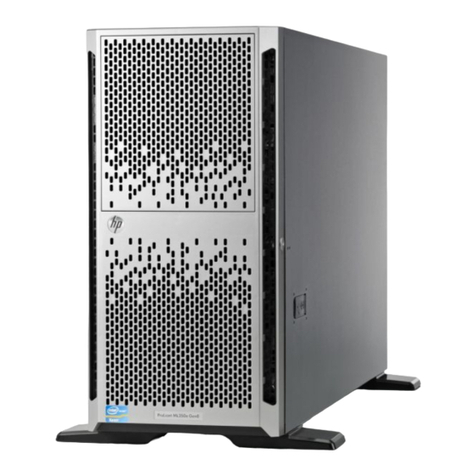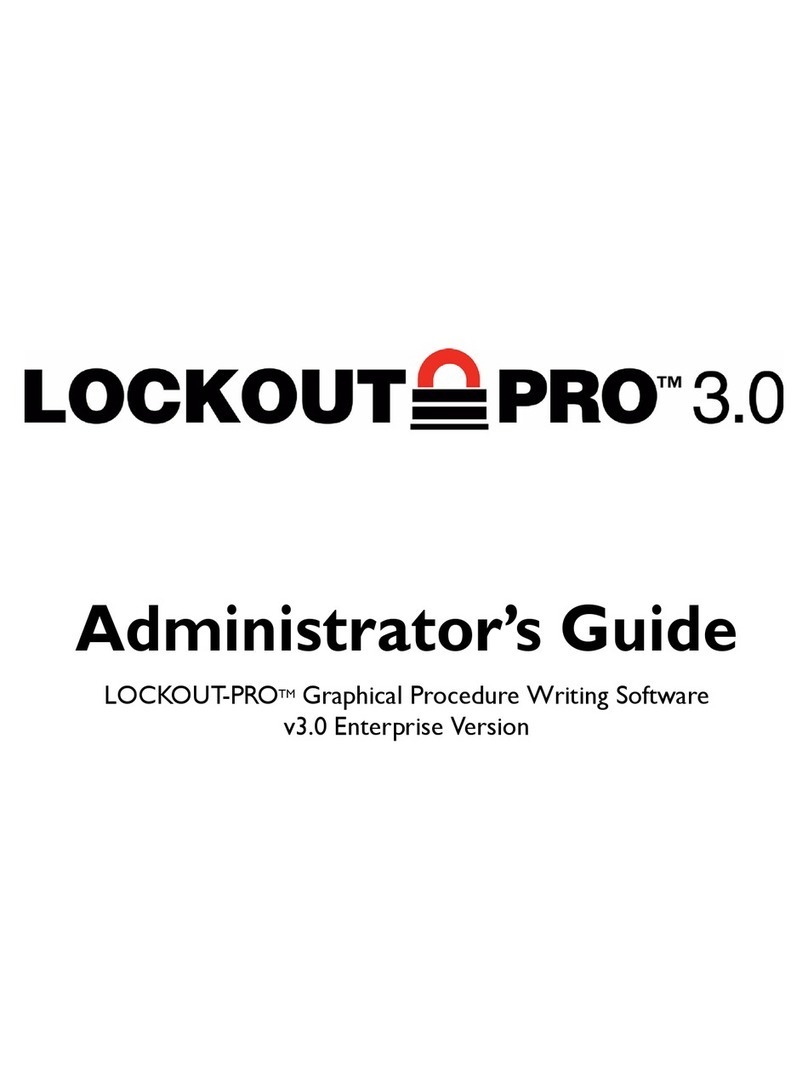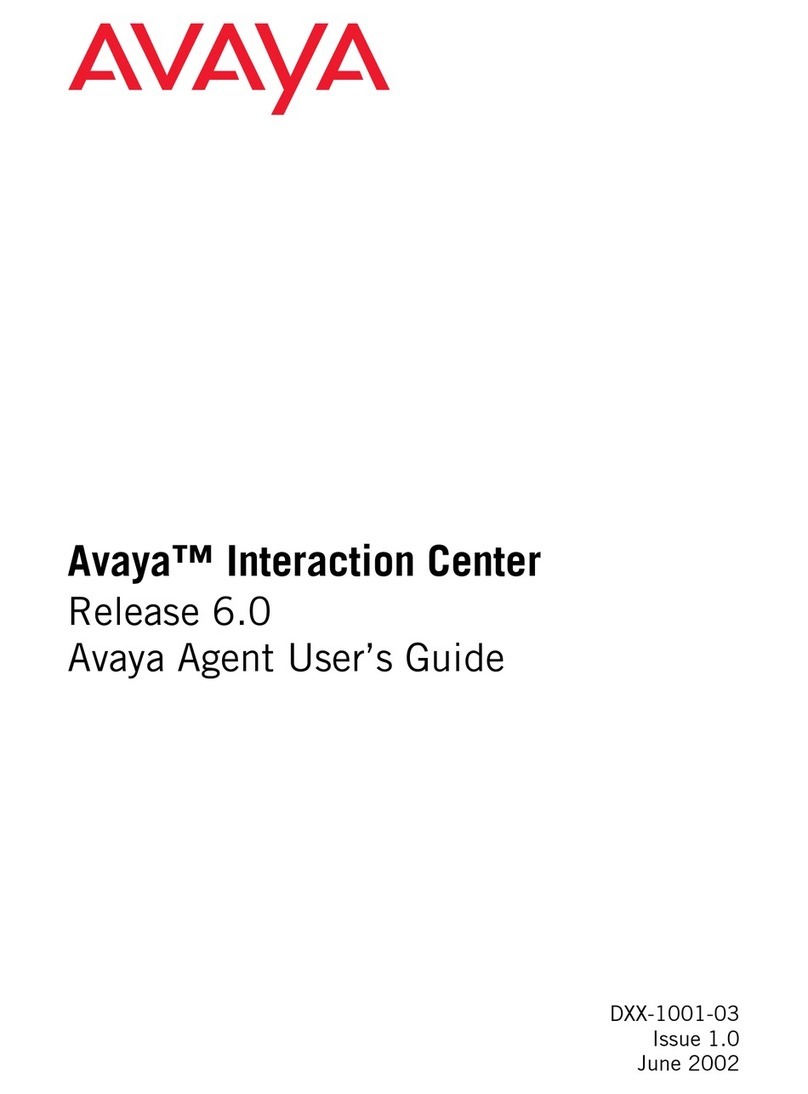ENGLISH
2
Liquid Channel™ Architecture
The Liquid Channel™ is fundamentally different from
any other Focusrite product previously built – and
indeed any other dynamics processor currently
available. Although The Liquid Channel™ is extremely
simple to use, please take a moment to read this
section of the user guide, which gives a brief overview
of the signal path and storage capabilities of the unit.
Overview
The Liquid Channel™ is the first implementation of
Focusrite’s groundbreaking ‘Liquid Technology’. The
Liquid Channel™ transports classic front-end
processing into the digital age, removing the need for
endless patching and adding fluidity and reliability to
the studio environment. Quite simply, The Liquid
Channel™ is capable of being configured to replicate
the finest mic-pres and compressors in history, all
inside a single 192 kHz, 2U device.
This is achieved through a unique two-part process.
Firstly, the use of Dynamic Convolution techniques is
applied, utilising lightning fast SHARC chips applying
unique level-dependent impulse responses to every
sample of audio. However, whilst this is more than
sufficient to closely emulate a compressor’s sonic
behavior, in order to replicate subtle nuances of
classic units, the pre-amplifier must operate in a
suitable physical environment to mirror the way in
which any classic unit interacts with a given
microphone. The Liquid Channel™’s solution to this
problem lies in its vast analogue front-end. The pre-
amp has the ability to change its impedance and vary
its signal path to either transformer or electronic,
replicating the interaction characteristics of the
original, whilst remaining transparent within the signal
path.
The Liquid Channel™ can therefore closely replicate
the sound of the classic mic-pres and compressors
from history. With entirely digital front panel controls,
all parameters can be saved in one of 100 program
memories, meaning that entire session setups can all
be recalled at the touch of a button. A brand new
digital EQ is also available, providing a comprehensive
and truly ‘liquid’ channel strip.
A USB connection on the rear panel links to the
LiquidControl™ software application, enabling the
archiving of both replicas and surplus program
memories, as well as providing full editing and remote
operation of the unit itself. The Liquid Channel™
comes complete with replicas of 40 classic mic-pres
and forty classic compressors but is infinitely
expandable, since the USB port also facilitates the
upload of further replicas downloaded from a
dedicated website – www.focusrite.com.
Finally, to account for variances in amounts of second,
third and fifth order harmonic distortion (usually
perceived as warmth) from one pre-amp to the next, a
dial is included to permit control over this value. This
essential feature ensures satisfaction for even the most
hardcore vintage enthusiast, bringing accurate control
over the key sonic attributes.
Liquid Assets
The Liquid Channel™ ships with 40 pre-amp replicas
and 40 compressor replicas as standard. The free
LiquidControl™ software allows additional replicas
downloaded from www.focusrite.com to be
uploaded to The Liquid Channel™ via USB.
Program memories
The Liquid Channel™ has 100 program memories to
allow storage of preferred pre-amp/compressor/EQ
combinations. These can be saved, archived and
reloaded from a remote computer using
LiquidControl™ via the USB connection. All channel
parameters are stored, offering ‘total recall’ including
mic gain. Using LiquidControl™, a virtually unlimited
number of replicas and programs can be stored on
your PC or Mac and uploaded to The Liquid
Channel™ hardware as required. You can also email
your favourite Liquid Channel™ replicas and program
settings to other users anywhere in the world – the
ultimate in session recall.
Signal Path
The Liquid Channel™ features both analogue (mic and
line) and digital (AES-EBU) inputs, plus analogue (line)
and digital (AES-EBU) outputs. Analogue signals
connected to the mic input are routed through an
analogue mic-pre stage, before passing through an A/D
and entering the digital pre-amp convolution section.
The unique sonic characteristics of the selected pre-
amp replica are then applied to the signal. The signal
then passes through the compressor and EQ sections
(in that order, unless the EQ ‘Pre Comp’ switch has
been engaged – see page 7 for details). This processed
signal then routes to the digital output, and via the
D/A to the analogue output.
Analogue signals connected to the line input follow the
same signal path as above, but bypass the initial mic-
pre stage routing directly to the A/D. The pre-amp
type will be fixed at FLAT trfmr (transformer) whilst
the line input is selected on the front panel. Digital
signals connected to the digital input are routed
directly to the pre-amp convolution section. However
this can be bypassed – see ‘Pre-amp and Compressor
Select’ on page 5 for details.
